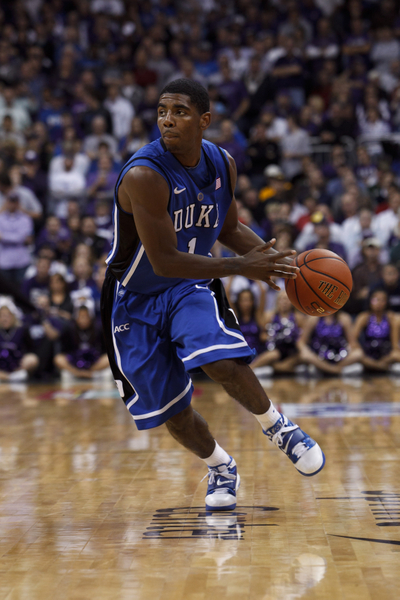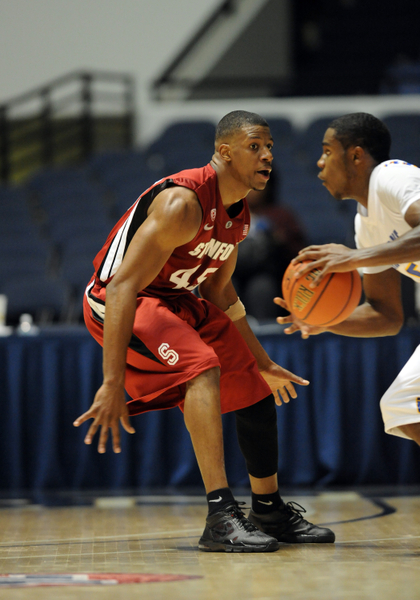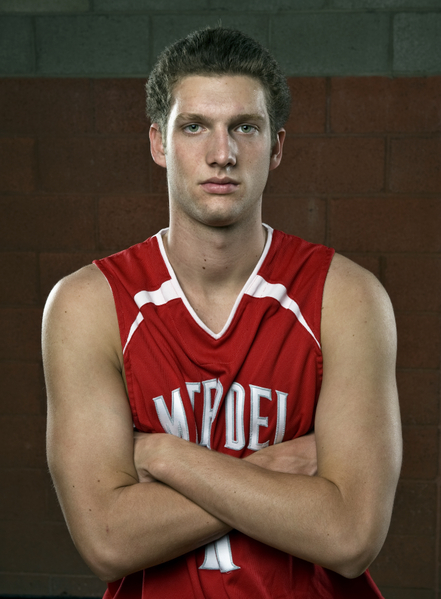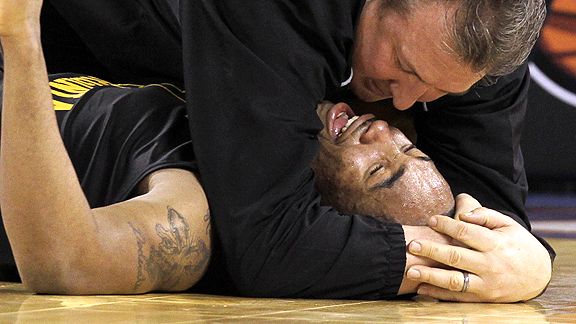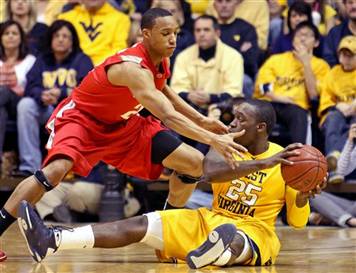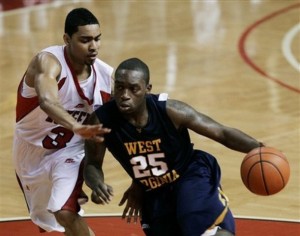Kyrie Irving Might Miss Entire Season
Posted by jstevrtc on December 9th, 2010Late on Wednesday, Andy Katz reported that Duke’s Kyrie Irving could miss the entire season as a result of a right toe injury he sustained in the Blue Devils’ win against Butler this past Saturday.
Soon after that game, the injury was diagnosed as a sprain to the right first (or big) toe and it was later reported that Irving might miss as much as a month, but after Wednesday’s home victory over Bradley, Katz quoted Mike Krzyzewski as saying, “Kyrie’s injury is a serious one,” and added later that “he could be out a long time.” When it came to the possibility of Irving missing the entire season, Krzyzewski confirmed, “He could be.” Katz’s report also notes that while there is no fracture of any bone in Irving’s foot, the toe injury “involves ligaments.”
Obviously it would be a tremendous shame for any player to miss his entire freshman season to such an injury after playing only eight games, especially when the kid happens to be the leading freshman of the year candidate. But should Irving miss the entire season or even significant time — pardon us for thinking ahead for just a few moments, here — there is a good chance that he could share a backcourt next season with incoming star recruit Austin Rivers.
Let’s not even think about that at this early stage, though. To bring up that possibility seems to imply that one is rooting for Irving to miss such time, and that’s definitely not the case here. According to Katz’s report, Irving will be examined and treated by top-flight foot injury specialists and a final diagnosis and prognosis will be formulated within a week or so. There’s no mention of what ligament (recall, ligaments connect bones to each other) has been injured, but as you await reports on this in the coming days — we advise you to check back here often, or our Twitter feed — listen for “grades” of sprains as a clue to how severe the injury is. Grade I sprains mean there are just extremely tiny tears (“microtears”) to the damaged ligament; Grade II sprains indicate a partial tear of a ligament and/or mild joint instability. Grade III sprains are obviously the worse and signify a near-complete or complete tearing of the ligament resulting in severe instability of the associated joint. As you can probably guess, the higher the grade, the more drastic the treatment and the longer the convalescence.





























